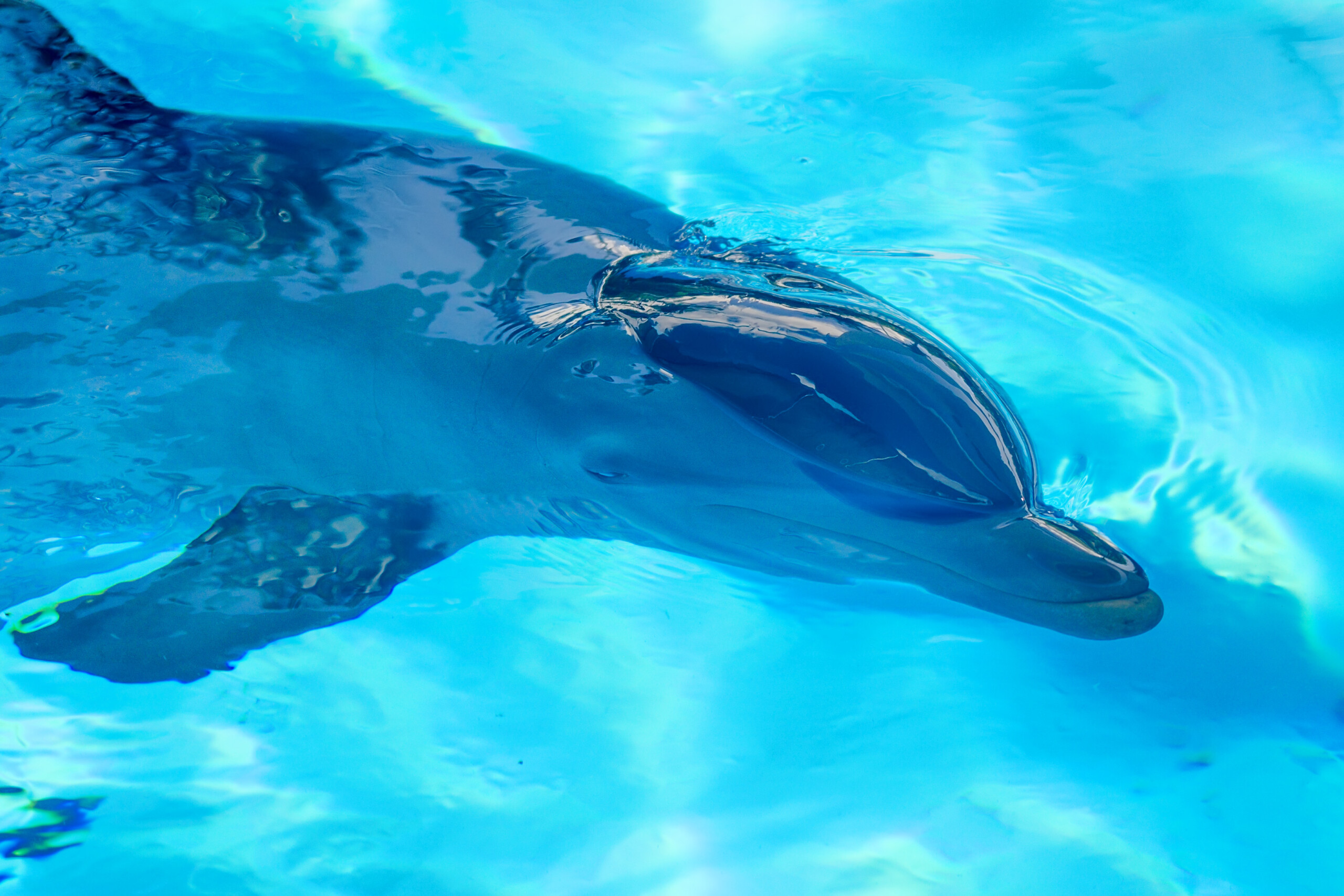Intel has introduced a 64-chip neuromorphic system in mid-July that mimics the human brain. The chipset equals 8 million neurons, is composed of Loihi chips and has been called Pohoiki Beach.
What´s new?
Thanks to the introduction of Pohoiki Beach .Researchers will be able to efficiently scale their new algorithms inspired by neural networks. Such as scattered coding, simultaneous location and modeling, and path planning. Capable of learning and adapting based on the data entered. Intel’s new chip system represents an important milestone in the work of neuromorphic research. Sets the stage for the goal set by the Intel Labs team to increase its architecture to one hundred million neurons by the end of this year.
Although AI tries to mimic the behavior of our brain, the technology we have is not successful. A greater need for compilation, analysis and decision making. Using natural, unstructured and very dynamic data is driving the demand for a new type of information technology. Now it seems that we are a little closer to improving AI, thanks to Intel. Although it seems that the chip could not mimic a human brain by not reaching the same number of neurons, the chipset can calculate 1,000 times faster and 10,000 times more efficiently than the chips we currently have.
The Pohoiki Beach neuromorphic system demonstrates the benefits of a specialized architecture for emerging applications. Including some of the most arduous computer problems related to the Internet of Things (IoT) and autonomous devices. Thanks to the use of such specialized systems, instead of general-purpose computing technologies. Gains of several orders of magnitude in speed and efficiency can be expected in a wide range of real-world applications. Such as autonomous vehicles, smart homes and cybersecurity.
The future?

In 2017 Intel introduced Loihi, its first neuromorphic research chip, which introduced an important breakthrough for neuromorphic hardware development. In March 2018, the company established the Intel Neuromorphic Research Community (INRC). To promote the development of algorithms, software and neuromorphic applications. Through INRC Intel provides access to Loihi systems in the cloud. As well as to Kapoho Bay, a Loihi-based system with USB form factor that has accelerated research on applications of neuromorphic technologies for the real world.
Later this year Intel will introduce an even larger Loihi system called Pohoiki Springs. Which will be based on Pohoiki Beach architecture to deliver unprecedented performance and efficiency for large-scale neuromorphic workloads. Intel engineers expect the results of these research systems. Quantify the gains generated by the new neuromorphic computing methods. Helping clarify the most appropriate application areas for this technology. This research paves the way for an eventual commercialization of neuromorphic technology and, perhaps, so that non-biological intelligence is closer to human.

